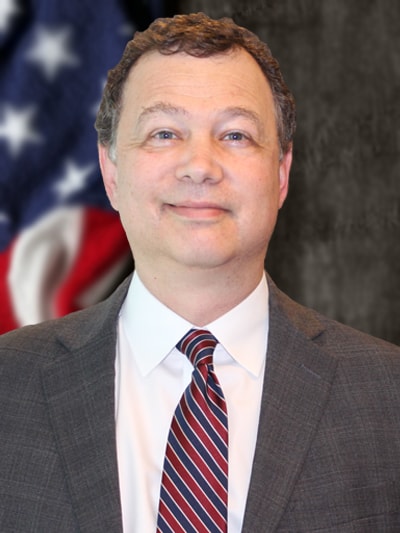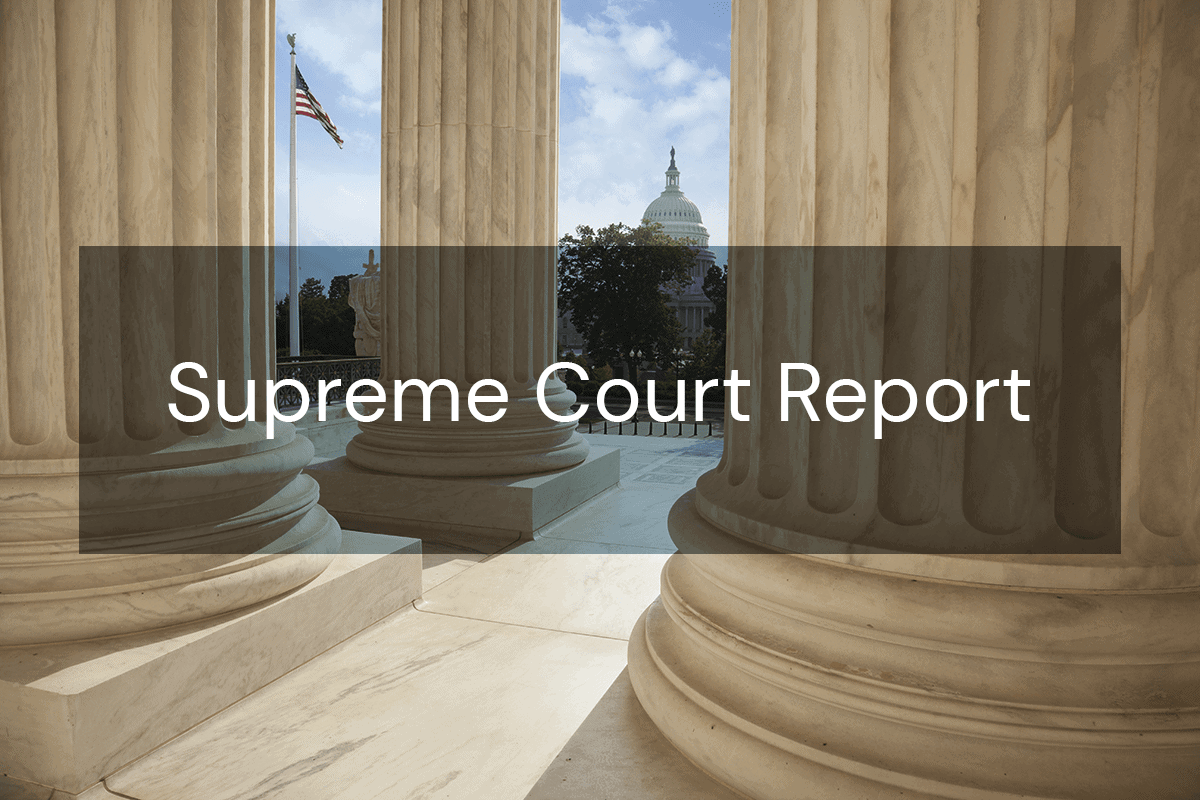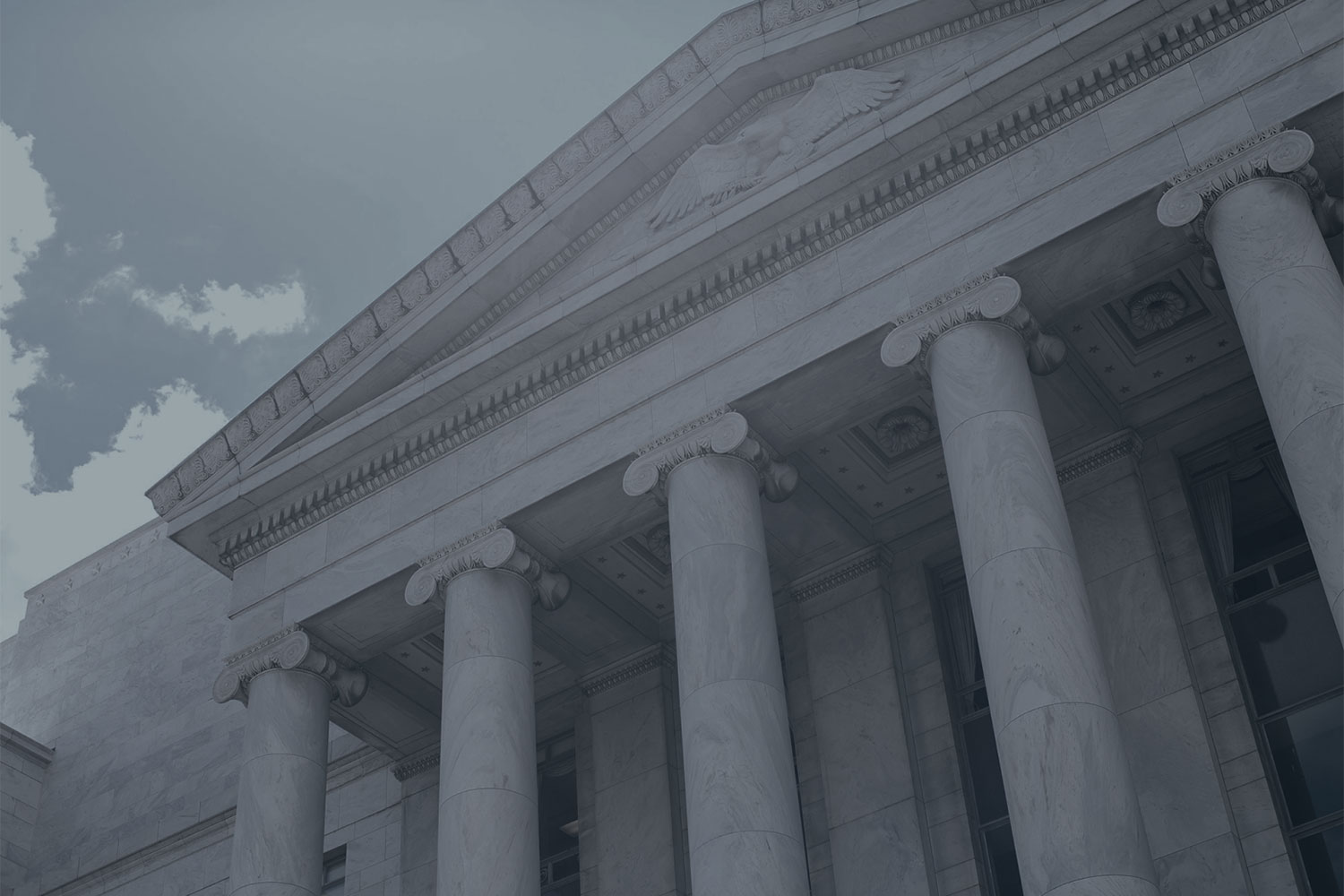-
 Director, Center for Supreme Court AdvocacyNational Association of Attorneys General
Director, Center for Supreme Court AdvocacyNational Association of Attorneys General

This Report summarizes opinions issued on January 13, 2022 (Part I); and cases granted review on January 10, 2022 (Part II).
Cases Granted Review: Kemp v. United States, 21-5726
Kemp v. United States, 21-5726. The Court will consider whether a motion for relief from judgment under Federal Rule of Civil Procedure 60(b) premised on a district court’s “legal error” must be brought under Rule 60(b)(1), which authorizes a district court to relieve a party from a final judgment for “mistake, inadvertence, surprise, or excusable neglect,” or Rule 60(b)(6), a catchall provision which authorizes a district court to relieve a party from a final judgment for “any other reason that justifies relief.” Critically, while all Rule 60(b) motions must be filed within a “reasonable time” after judgment, Rule 60(b)(1) motions must be filed no later than one year after judgment is entered, whereas Rule 60(b)(6) motions are not subject to such a time limit.
The question presented arises in the context of a federal post-conviction relief case. Petitioner was convicted of various drug and firearm offenses, and the Eleventh Circuit affirmed petitioner’s and his co-defendants’ convictions in November 2013. Petitioner’s co-defendants sought rehearing en banc, which the Eleventh Circuit denied in May 2014. Then, in April 2015, petitioner filed a motion for post-conviction relief under 28 U.S.C. §2255. The district court denied the §2255 motion as untimely on the ground that petitioner’s judgment of conviction became final in February 2014, 90 days after the Eleventh Circuit had affirmed his convictions; petitioner did not appeal that dismissal. All agree that that ruling was erroneous: Under Supreme Court Rule 13.3, petitioner’s deadline for seeking certiorari ran from the time the Eleventh Circuit denied petitioner’s co-defendants’ petition for rehearing en banc. And because the judgment of conviction did not become final until the time for seeking cert expired (in August 2015), petitioner’s April 2015 §2255 motion fell comfortably within the applicable one-year limitations period. See 28 U.S.C. 2255(f).
Petitioner discovered the district court’s legal error in 2018 and filed a Rule 60(b)(6) motion, but the lower courts held that petitioner’s Rule 60(b) motion was really a Rule 60(b)(1) motion, not a Rule 60(b)(6) motion, and was therefore barred by the one-year time limit applicable to Rule 60(b)(1) motions. In affirming the district court’s dismissal, the Eleventh Circuit explained that “Rule 60(b)(1) encompasses mistakes in the application of the law and the mistakes of judges,” and that petitioner’s “arguments are precisely the sort of judicial mistakes in applying the relevant law that Rule 60(b)(1) encompasses.” 857 F. App’x 573 (citations omitted). As petitioner explains (and the Government concedes), the Eleventh Circuit’s decision is yet another data point in a 50-year-old circuit split.
Petitioner argues that the rule applied by the Eleventh Circuit (and most other circuits) contravenes the text of Rule 60(b) and its relationship to related Rules. Invoking the associated-words canon, petitioner argues that the term “mistake” must be read in context with its neighbors, “inadvertence, surprise, and excusable neglect.” Those terms, petitioner argues, “contemplate relief where some oversight or carelessness by the litigants—not the court—contributed to the judgment.” Petitioner also points out that permitting Rule 60(b)(1) relief for a court’s own legal error is “structurally incompatible” with Rule 59(e), which already allows for “reconsideration based on legal error” but requires the motion to be filed within 28 days after the entry of judgment, a time period that may not be extended. Similarly, because a Rule 60(b)(1) motion may be filed within a reasonable time up to one year after judgment, allowing it to be used to correct a district court’s legal errors “would also permit circumvention” of the timelines to appeal set out in 28 U.S.C. §2107 and Federal Rule of Appellate Procedure 4. And had the drafters of the Rule intended Rule 60(b)(1) to serve that function, they would have imposed the time to appeal as the outer time limit in Rule 60(c). So under petitioner’s proposed framework, a movant who identifies a legal error within 28 days of judgment may file a Rule 59(e) motion, and if that is denied he can appeal—or he can skip the Rule 59(e) motion and just appeal. But if the movant identifies the legal error after the time for appeal expires, then “the proper vehicle for relief is a motion under the catchall provision in Rule 60(b)(6),” under which “the movant must show ‘extraordinary circumstances’ to obtain relief.”
The Government rejects petitioner’s textual and structural arguments. In its view, “[a] district court’s error in overlooking or failing to apply provisions of law that the parties have cited to it falls within the plain meaning of the term ‘mistake.’” Moreover, context as well as the drafting history of Rule 60(b) “confirms that plain-meaning interpretation.” The Government argues that because Rule 60(a) “plainly authorizes the correction of errors whether committed by the court itself, court personnel, or the parties,” it follows that “[t]he term ‘mistake’ in neighboring Rule 60(b)(1) is likewise naturally read to reach errors by courts and litigants alike.” The Government also points to a 1946 amendment to Rule 60(b) that eliminated “the qualifying pronoun ‘his’” from the Rule on the ground that it rendered the Rule too restrictive. Given these “contextual cues,” the Government argues that the associated-words canon is not helpful. And the Government rejects petitioner’s structural-compatibility issues on the ground that Rule 60(b)(1) motions “serve salutary efficiency ends in cases where an obvious judicial error first comes to a party’s attention after the time for filing a Rule 59(e) motion . . . has run.”
[Editor’s note: Some of the language in the background section of the summary above was taken from the petition for writ of certiorari and brief in opposition.]



